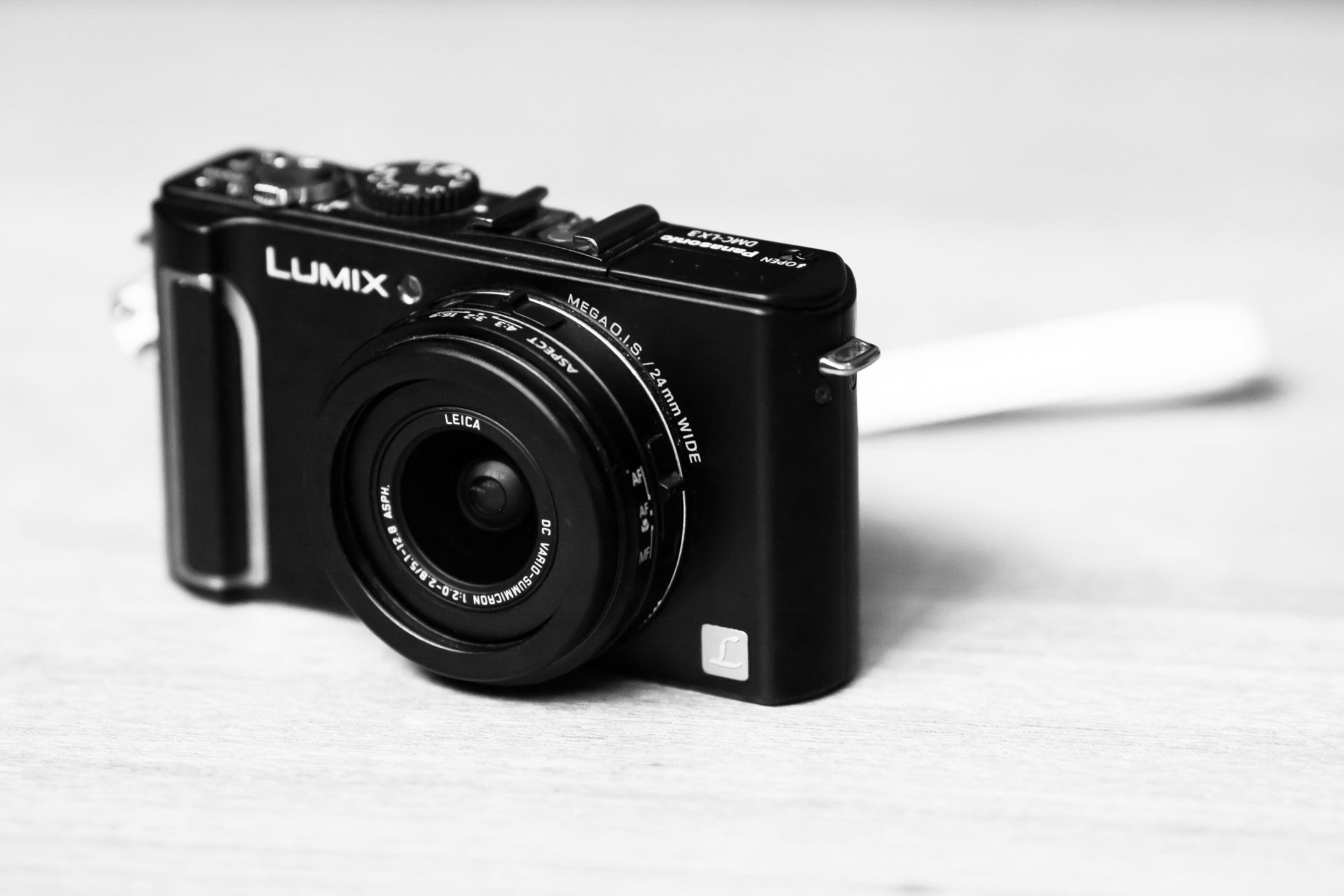
This was originally written and posted on my blog. It was reposted here for reference. It's amazing how much has happened since this was written. Image quality is almost as good in my phone these days. While I don't really feel the majority of files from the LX3 hold up today, some do and they still look great. I even have a few prints that look quite stunning, reminding me that great shots can be made even with older or more modest equipment.
D-SLR cameras are amazing. They offer amazing flexibility, image quality and speed. However – they are also big and unwieldy.
Sometimes a D-SLR is as appropriate for shooting as a combine harvester for mowing the backyard patch of lawn. A lot of the time a more compact camera would do a better job, but most typical compacts output horrible image quality.
The LX3 is not a typical compact.

The LX-series cameras from Panasonic has become known for being very good and capable cameras. They recently introduced the new LX5 which looks too keep all the good stuff from the LX3 that I’ve been shooting with quite a bit this past year. Image quality from the LX3 is potentially fantastic. The handling is fairly good for a compact and the build quality is excellent. It’s smaller than all the mirrorless system cameras but not quite small enough for pockets in skinny jeans, but that’s what you’re cellphone’s camera is for.
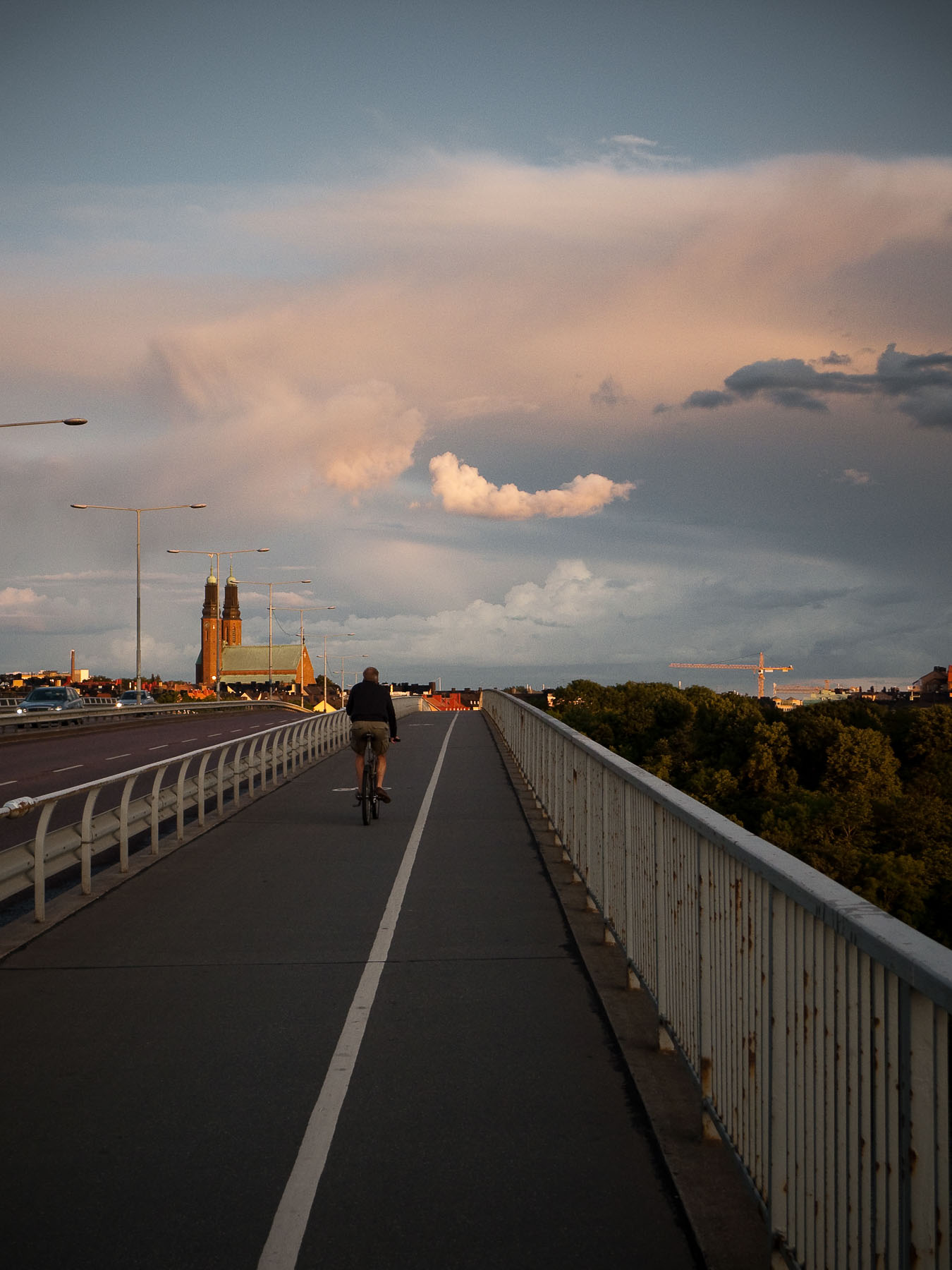

It has RAW-support and the files look great. Usually the sensor size is what dictates the image quality you get from a camera – the larger sensor, the better. But Panasonic have been working some magic lately. Their Micro 4/3 cameras rival the APS-C sensor equipped alternatives from the big three (Canon, Nikon and Sony).
Likewise the LX3 has a much better image quality than the size of the sensor and body, would lead you to believe. Quite a bit of it is possibly down to the Leica designed lens, which seems amazing. Judging lenses in compacts is always tricky since you can’t actually change and compare, but it’s safe to say that the lens and sensor play very well together. Some prints I’ve put out from the LX3 actually look better than those from my previous D-SLR – the Nikon D200.
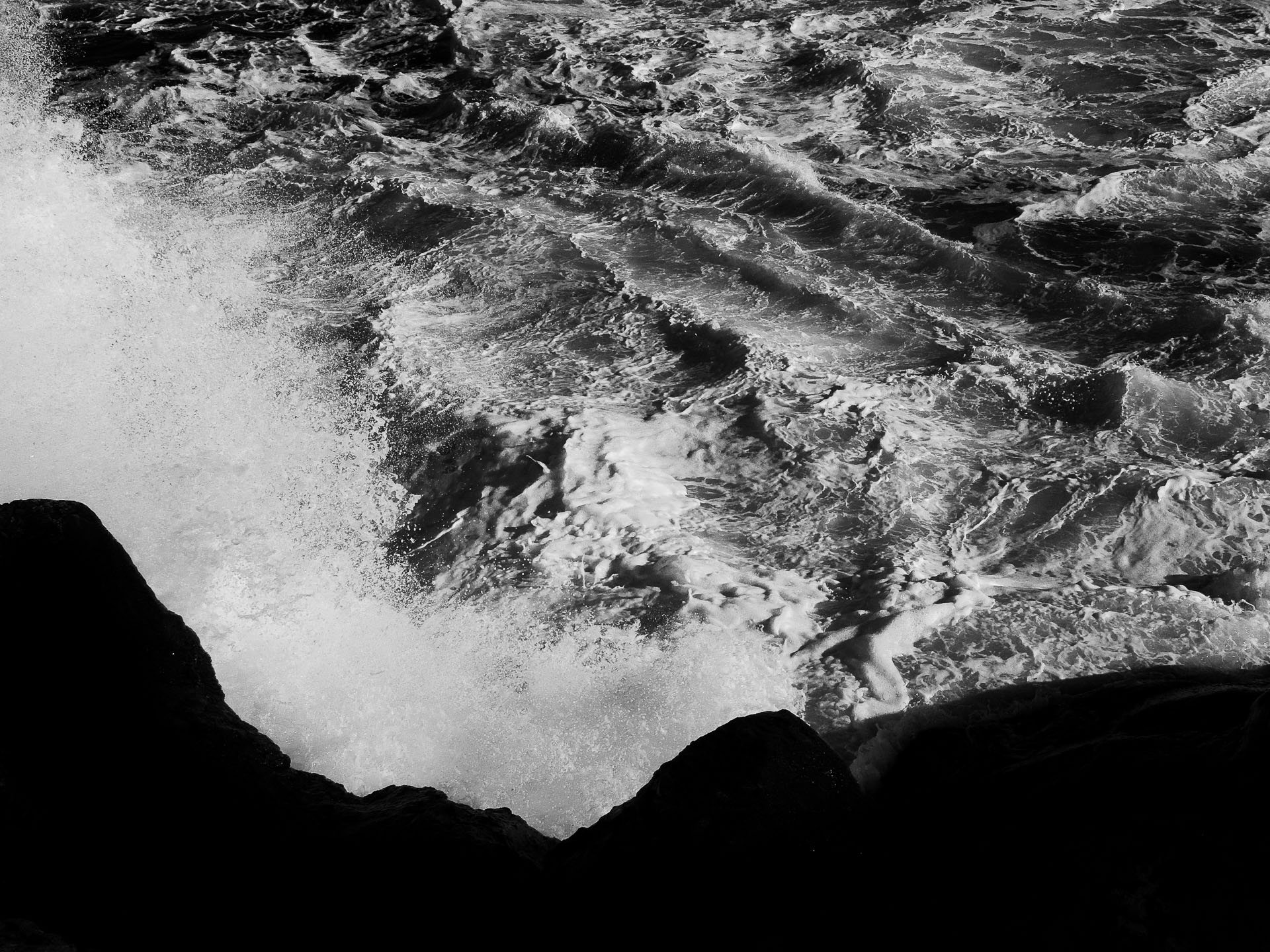
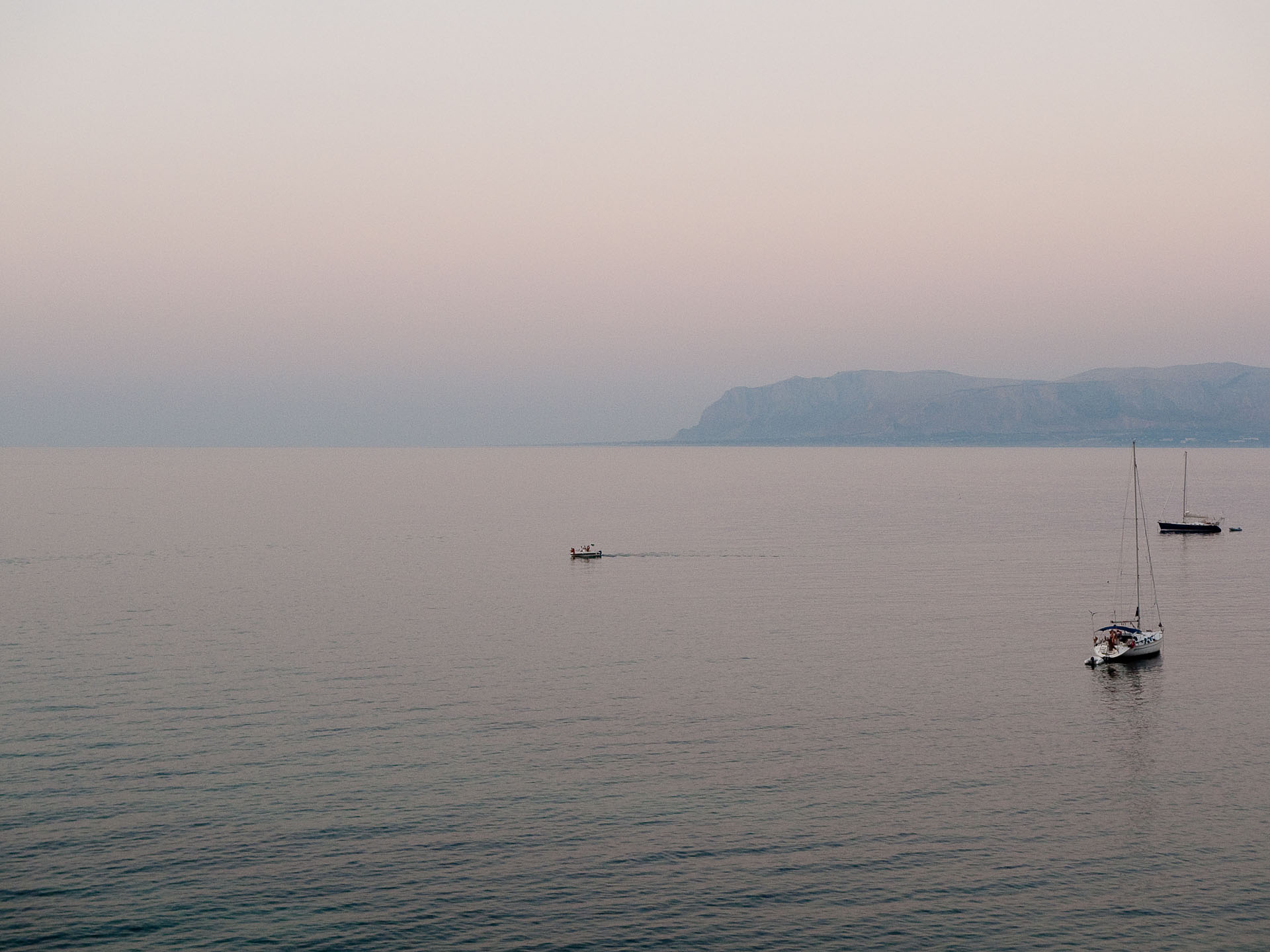
Of course, raising the ISO ruins it for the LX3, noise is still an achilles heel for small sensors – up to around 400 is mostly ok, quickly gets nasty above that. I am still extremely impressed with this camera however.
I also quite like the rangefinder-esque design. There are some disturbances in the design and ergonomics though – the playback mode should always be accessible by pressing a button, not by flipping a switch like on the LX3 – I have missed a few shots because of this, especially since the lens contracts after a few seconds in playback mode, making for a few seconds delay going back to shooting mode. I would love to have another programmable function-button on the four way controller instead of the self timer button. The chrome accent on the grip makes it look cheap, would rather have them skip it.

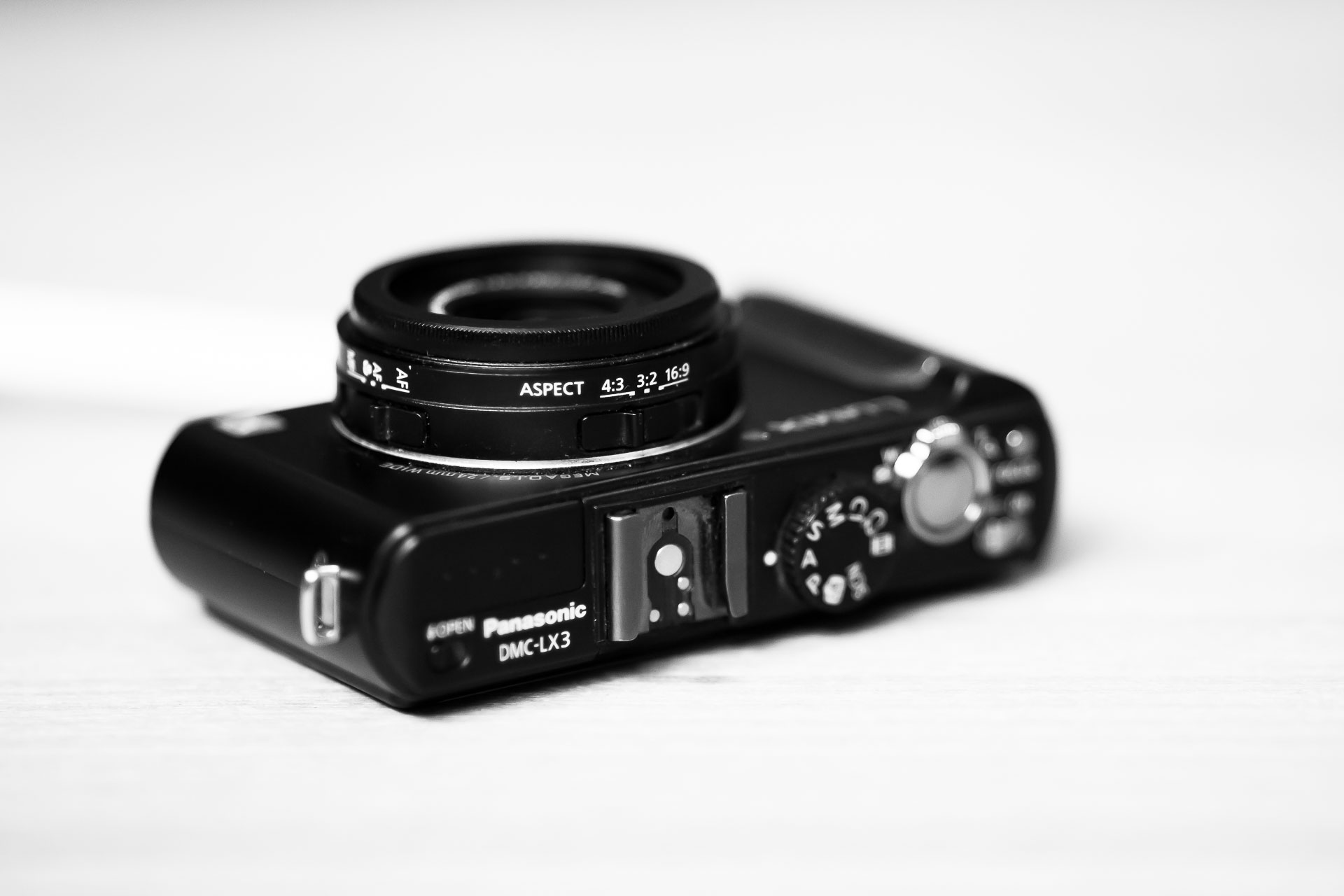
I do love the toggles on the lens barrel though, one for aspect ratio and one for focus mode. I also love that Panasonic’s (and Olympus) default aspect ratio is the more square 4:3, I truly prefer it over the 3:2 used on most cameras these days. Software is mostly good, the camera feels snappy enough, AF-speed and shutter lag is good for a compact, menus are logical, if a bit on the ugly side. The JPEG output is fine but not as good as RAW. The HD movie mode lacks a lot of control and the compression ratio is fairly high, but it’s still a nice inclusion. Black and white also look fantastic from the LX3, both straight from camera and from RAW conversions.



I’ve found that the LX3 is as small as you can currently go with cameras and still retain acceptable image quality and I wouldn’t hesitate to recommend it, or even the LX5 unseen, to anyone wanting something even smaller than the mirrorless systems.
Exif-data is intact. Open images in a new window for a closer look.